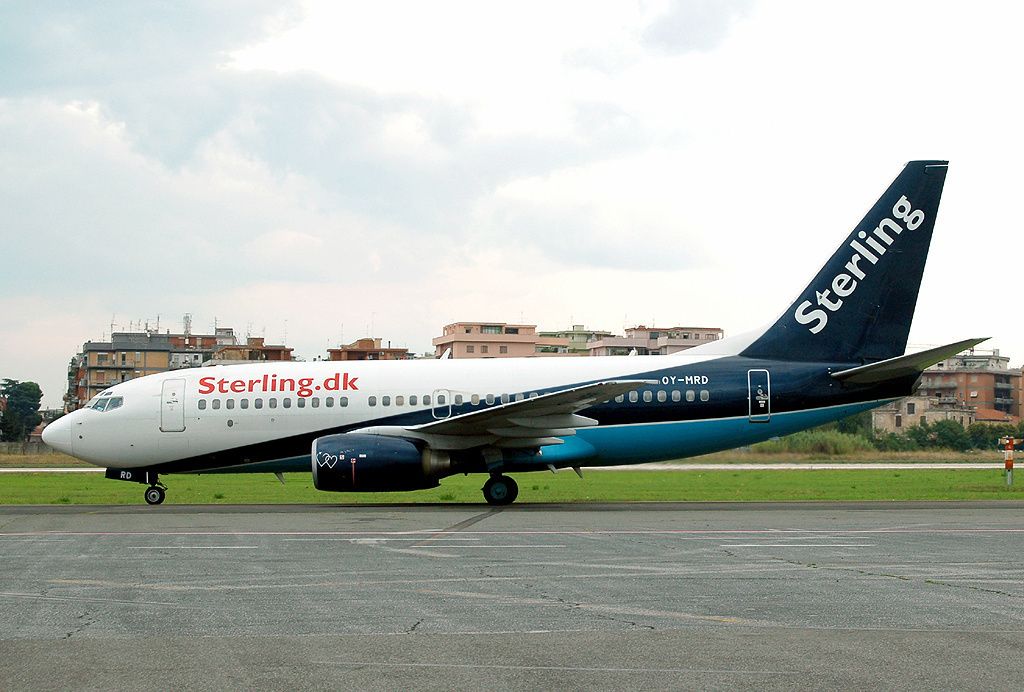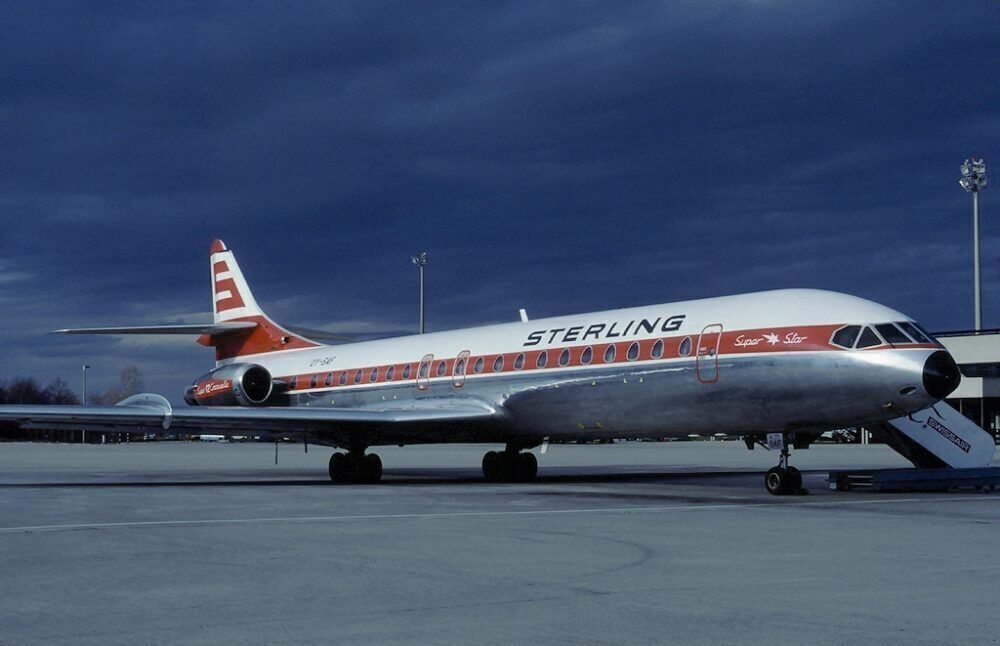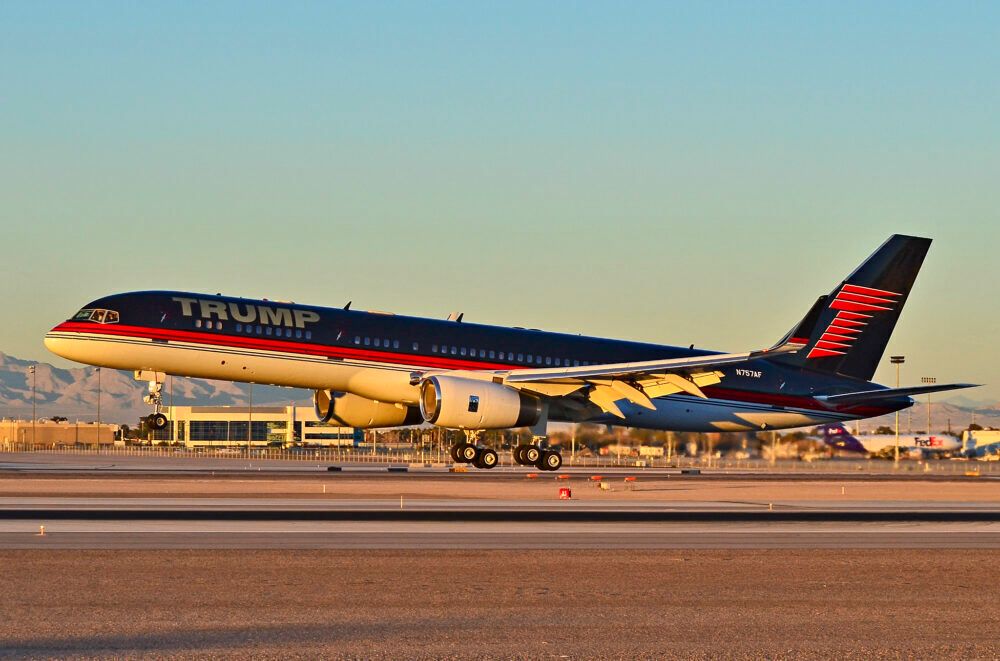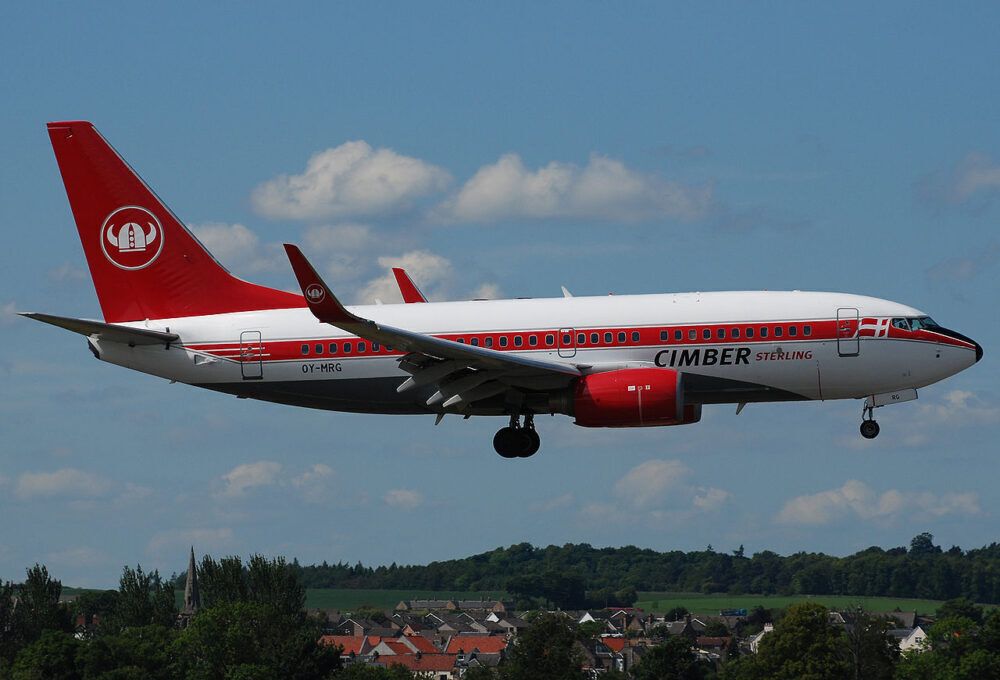When it comes to air travel in Denmark, Scandinavian Airlines (SAS) is comfortably the biggest player. However, the country is also home to several smaller scheduled and charter airlines that play an important role in the Danish aviation sector. Historically speaking, there have been several more of these smaller carriers, including low-cost operator Sterling Airlines. Let's take a look back at the history and fate of this former Danish carrier.
Origins as a charter carrier
All in all, the use of the Sterling name in Danish commercial aviation lasted nearly half a century. The story began in 1962, when the Tjæreborg travel agency decided it would acquire aircraft to start an airline to serve its package holidays to the Mediterranean.
The planes it started operations with were a pair of ex-Swissair Douglas DC-6s. Tjæreborg flew these four-engine piston-powered aircraft under the name Sterling Airways. This marked the beginning of over three decades of charter operations for the carrier.
Stay informed: Sign up for our daily and weekly aviation news digests.
As the airline grew, it acquired further DC-6s in 1963. Two years later, Sterling Airways received its first jetliner in the form of the French-designed Sud Aviation SE 210 'Caravelle.' By the time of its 25th anniversary, in 1987, it had 19 aircraft and 1,300 employees.
Unfortunately, the original Sterling Airways went bankrupt in 1993. One of the aircraft that left the airline in the aftermath of this, a Boeing 757, has since gone on to be acquired by former US President Donald Trump for use as a private jet. However, the airline was revived in 1994 (albeit as a smaller three-aircraft affair) under the name Sterling European Airlines.
At the turn of the century, Sterling opted to shift its focus from holiday charter operations to low-cost scheduled services. It continued to fly from Scandinavia to southern Europe under this model, while also adding intra-Scandinavia services between Copenhagen, Stockholm, and Oslo. It merged with Maersk Air in 2005, and was renamed as just Sterling Airlines.
The end of the line
The merger seemed a promising move at first, with the newly-established Sterling Airlines expanding its offering by adding a buy-on-board catering and duty-free service. Passengers even had the option to pre-order their items. However, various factors prompted Sterling Airlines to cease operations just three years after the Maersk Air merger.
2008 saw the carrier face a dual-pronged crisis that consisted first of a rise in fuel prices in the opening half of the year. Then, in October 2008, the Icelandic financial crisis caused one of the airline's key investors to take a significant financial hit.
This was the final nail in the coffin, and Sterling declared bankruptcy on October 29th, 2008. It ceased its operations at this point, grounding its entire fleet. The Sterling name briefly returned in 2009 when Cimber Air acquired the carrier to form Cimber Sterling. However, the airline went bankrupt within three years, bringing the story to an end in May 2012.
Do you remember Sterling Airlines and/or its predecessors? Perhaps you even flew with the carrier at some point during its existence? Let us know your thoughts and experiences in the comments.




